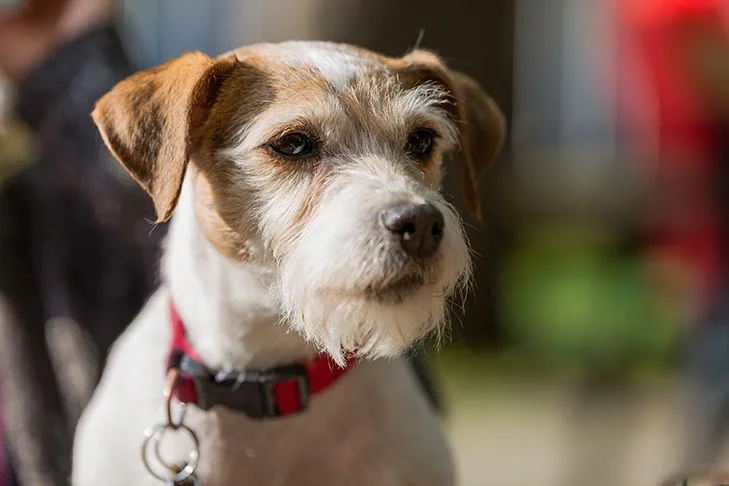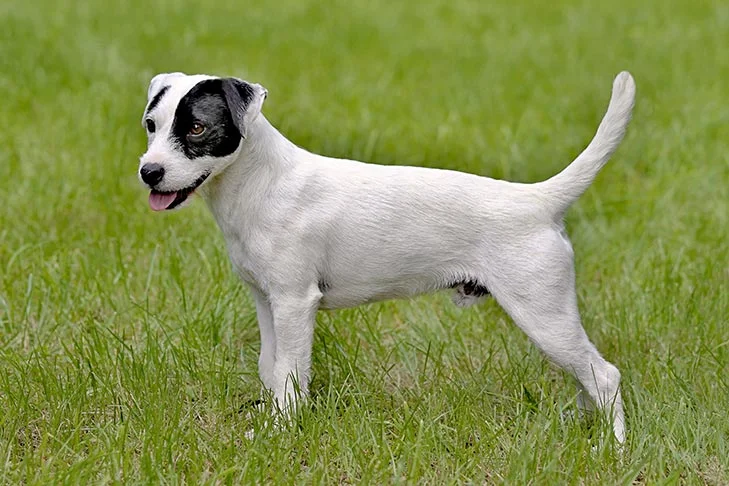The Parson Russell Terrier is a courageous and astute canine, quick enough to keep up with horses and fearless enough to dig in and rouse a fox from its den. PRTs are independent thinkers who have their own methods for approaching problems. PRTs weigh 13’17 pounds and have a height of 12’15” at the shoulder when they are at their best. PRTs have the endearing appearance of a plush toy come to life because of their intelligent expression, primarily white coat, and exquisitely balanced body. PRTs are strong little fellows created for England’s traditional sport of foxhunting, so don’t be misled by all that cuteness. They can burrow into the ground to free a fox from his den because they are brave enough to do it and swift enough to keep up with the hounds.
Parson Russell Terrier
Average sizes and life
expectancy of the breed.
Height
14 inches (male)
13 inches (female)
Weight
13-17 pounds
Life Expectancy
13-15 years
Breed Traits & Characteristics
About the Breed

Owning a dog is not just a privilege; it’s a responsibility. They depend on us for, at minimum, food and shelter, and deserve much more. When you take a dog into your life, you need to understand the commitment that dog ownership entails.
 Health
Health
Recommended Health Tests From the National Breed Club:
- Patella Evaluation
- BAER Testing
- Ophthalmologist Evaluation
 Grooming
Grooming
 Exercise
Exercise
 Training
Training
 Nutrition
Nutrition
History
In the 1800s, the Parson Russell Terrier was created in the south of England to hunt fox both above and below the surface. The Reverend John “The Sporting Parson” Russell, who loved both his ministry and hunting dogs, inspired the name of the breed. His terriers were developed to work with foxhounds in the hunt for the cunning fox. PRTs can still have separate thoughts about how to approach problems because Russell designed them to be self-sufficient problem solvers.






